CarEdge saved me over 4,500 dollars on a brand new Honda Pilot. I can't say thank you enough.
Price intelligence
Find a wide range of vehicle listings with market insights on new and used listings near you.


Help us personalize your CarEdge experience — it only takes a second.
Your answers help us personalize your CarEdge journey — we’ll follow up with tips and next steps that match your buying timeline.

When it comes to purchasing a new or used car, the state you’re in can make a significant difference in terms of taxes, fees, and available inventory. We’ll take a look at the best and worst states to buy a car in 2025, focusing on factors like sales tax, insurance costs, documentation fees, and overall car supply. Let’s dive in and see how your state stacks up.
First, let’s explore the states that offer the most advantages when it comes to car buying. States like Alaska, Montana, Oregon, Delaware, and New Hampshire stand out due to their lack of statewide sales tax, as well as generally low fees when buying and registering a car. South Dakota and Iowa are close behind.
Several other states have low state sales tax rates, but many have higher fees that keep them out of our top rankings: Alabama (2%), Colorado (2.9%), Hawaii (4%), Louisiana (4%), Missouri (4.23%), New Mexico (4%), New York (4%), North Carolina (3%), Oklahoma (3.25%), South Dakota (4%), and Virginia (4.15%). However, local taxes can drive costs higher, especially in big cities and affluent suburbs.
Dealerships charge a documentation fee, or “doc fee,” to cover the cost of preparing and filing a sales contract. Many states don’t regulate doc fees, and the amount varies from state to state. In many cases, state taxes and registration fees can outweigh the advantages of low doc fees.
These states have the lowest doc fees in 2025, and as a result, are better states to buy a car in: Minnesota ($75), Arkansas ($110), Oregon ($115), South Dakota ($115), Iowa ($135), Texas ($150), Washington ($150), Indiana ($150). California is also on the list with a very low average doc fee of $85, but the high sales tax and low supply of new cars keeps it far off of the list of best states to buy a car in.

Now, let’s take a look at the states you might want to avoid when purchasing a vehicle. Documentation fees can be particularly high in Florida, Alabama, Virginia, and North Carolina, with fees ranging from $485 to $995. Florida stands out as one of the worst states for new car purchases, with no cap on doc fees (averaging $995). When it comes to vehicle registration, a few states stand out with costly fees:
Alabama, North Carolina, Iowa, and Florida aren’t far behind with registration fees all averaging over $300.
It’s important to point out that taxes and fees are only part of the picture. The existing supply of new cars in each state is also critically important. Nationwide, there’s an 83-day supply of new cars as of late May 2025. However, some states have might tighter supply. These are the states with the lowest supply of new cars in 2025:
With doc fees, registration fees, sales tax, and new car inventory all taken into consideration, it’s safe to say that the worst states to buy a car are: Mississippi, Florida, California, and North Carolina.
However, Florida’s abundant used car market can make it a better choice for used car buyers, thanks to the state’s older population. On the other hand, flood cars are a much bigger risk in Florida’s used car market.
Ready to outsmart the dealerships? With CarEdge Negotiation Expert, we’ll negotiate your car price to lock in big savings. Looking for a DIY path to savings? Shop confidently with CarEdge Pro, our most affordable option for empowered car buying. Looking to lease? We can help with that too!
Learn more about CarEdge’s car buying help →


Dealer lot inventory is on the rise, but where are the deals at?! As we move further into 2023, many potential car buyers are wondering, “is now a good time to buy a car?” and “will car prices go down in 2023?” The good news is that recent market trends indicate that the tide is starting to turn, with car prices slowly beginning to decrease and negotiability on the rise. However, there are big differences between the new and used car markets today. Let’s take a closer look at the details.
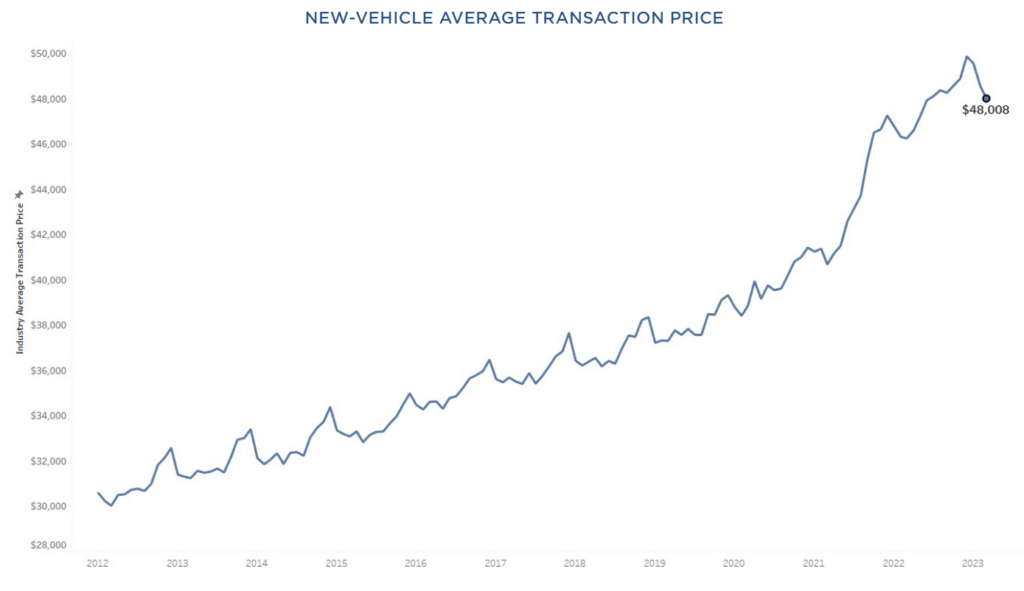
According to CarEdge’s Ray Shefska, recent trends suggest that there’s good news for car buyers, with prices gradually decreasing and more room for negotiation on the horizon.
Ray notes that “March broke a string of 20 straight months where the average new car prices transacted at above MSRP, in March the average price paid was $171 below MSRP.”
“Although this drop might not seem significant, it’s a noteworthy development, indicating that dealerships are becoming more open to selling cars at lower prices,” he explained. Car manufacturers are increasing incentives to attract more buyers to the market, ultimately benefiting car shoppers.
CarEdge’s Car Coaches note that patience will be rewarded as we head into the summer 2023 car buying season. “Consumers who are patient will find themselves in a much better position as negotiability should increase as we get into the summer months.”
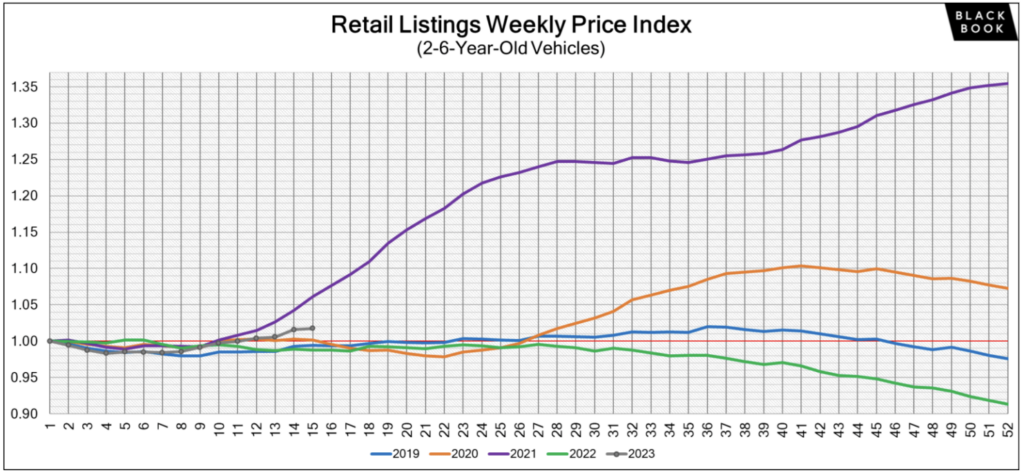
It’s important to note that there are considerable differences between the new and used car markets. New car transaction prices are steadily dropping as dealers try to move more inventory after years of nearly vacant lots. On the other hand, used car prices are increasing as of spring 2023. The latest used car price data from Black Book shows that after 30 weeks of wholesale price declines, used car prices have actually increased for the past several weeks. In April, used car prices increased at the retail level too.
CarEdge’s Car Coaches don’t expect rising used car prices to become a new long-term trend like we saw in 2021 and early 2022. However, there could be a month or two of additional slight price hikes.
We track used car prices weekly here.
How do rising interest rates affect car buying? Of course, buyers who finance are going to pay more in interest, no matter their credit score. But other things change too. Despite higher APRs, there can be benefits for buyers. Car dealers pay interest on lot inventory until it is sold. Think of dealer floor plan financing almost like a credit card made solely for purchasing vehicle inventory. When the federal reserve raises the cost of borrowing money, all kinds of credit will become more expensive, and that includes car lot floor-planning.
With higher floor plan costs, rising lot inventories and incentive spending on the rise, dealers will be motivated to negotiate. Therefore, the longer you can wait to buy a car in 2023, the more likely you’ll be able to negotiate thousands off of your deal.
See the best manufacturer incentives this month (updated)
Furthermore, Ray predicts that it will be a lot easier to secure a deal below MSRP as we get deeper into summer. In fact, the latest data from Kelly Blue Book shows that for the first time in two years, new-vehicle transaction prices fell below MSRP in March. The CarEdge Coaches expect that trend to continue.
Sadly, you and I are well aware that cars are far from cheap these days. The average price paid for a new car is still around $48,000. If you’re looking to go electric, expect to pay 20% more. Even in this market, our Coaches have proven even the toughest new and used cars are negotiable. Check out these success stories from happy drivers around the nation. CarEdge Coaches have even negotiated thousands of dollars off of EV prices in 2023.

We’re real people empowering you to save real money on your next auto. How can we help? Check out hundreds of 100% free resources, great YouTube videos, and the fastest-growing online auto forum today, the CarEdge Community. We just launched Dealer Reviews, where you can see nearly 3,000 crowdsourced car dealer and deal reviews.
Looking for behind-the-scenes auto market data to inform your buying decisions? That’s exactly why we created CarEdge Data. Unlock the Black Book car valuations that dealers use, CarEdge negotiation scores, official recommendations, and local market data for every car on CarEdge Car Search with CarEdge Data.
Ready for expert 1:1 help with your deal? Our Car Coaches are ready to work with you to secure the best deal on out-the-door prices, financing, and more. Learn more about our CarEdge Coach unlimited access plan. We look forward to meeting you.

Are you in the market for a new or used car? If so, you’re probably wondering about the latest auto loan rates and how to qualify for the lowest APR. Whether you’re a first-time buyer or an experienced shopper, understanding auto loan rates is essential to making a smart financial decision. Let’s take a look at current car loan rates this month by credit score. Plus, we’ll go over how to qualify for the lowest APR.
Before we dive into the details, it’s important to know that auto loan rates vary based on several factors, including the loan term, the type of car (new or used), and, most importantly, your credit score. To give you an idea of what to expect, we’ve put together a table template that breaks down the average auto loan rates by credit score for both new and used cars.
First, here’s a reminder of how credit scores are categorized for car loans:
| Credit Score Category | Score Range |
| Super Prime | 781 – 850 |
| Prime | 661 – 780 |
| Nonprime | 601 – 660 |
| Subprime | 501 – 600 |
| Deep Subprime | 300 – 500 |
These are the latest car loan APRs by credit score:
| Credit Score | New Car Average APR | Used Car Average APR |
| Super Prime | 4.75% | 5.99% |
| Prime | 5.82% | 7.83% |
| Nonprime | 8.12% | 12.08% |
| Subprime | 10.79% | 17.46% |
| Deep Subprime | 13.42% | 20.62% |
**Please note that the rates provided in this table represent general market data and will vary based on individual circumstances.

Now that you have a better understanding of auto loan rates by credit score, let’s explore some strategies to help you qualify for the lowest rates:
Shop around: One of the best ways to secure a low auto loan rate is by shopping around and comparing offers from multiple lenders. This will help you find the most competitive rates and terms for your specific needs. See your lowest rate from trusted credit unions, with no hit to your credit score until you choose to finalize your offer.
Opt for a shorter loan term: Although a longer loan term may result in lower monthly payments, it will also lead to higher overall interest payments. By choosing a shorter loan term, you can save money on interest and pay off your loan faster.
Make a larger down payment: By making a larger down payment, you can reduce the amount you need to borrow, which may help you qualify for a lower interest rate.
Improve your credit score: Your credit score plays a significant role in determining the interest rate you’ll receive on an auto loan. By improving your credit score, you can potentially save thousands of dollars in interest payments over the life of your loan. Start by checking your credit report for errors, paying your bills on time, and reducing your overall debt.
Here are some general tips for raising your credit score, and keeping it in excellent shape:
Be sure to check out our in-depth guide on how to save on auto loan interest.
In conclusion, staying informed about the latest auto loan rates and understanding how they can vary based on factors such as credit score and loan term is crucial when shopping for a new or used car. By following these tips, staying on top of the latest market trends, and working to improve your credit score, you’ll be better positioned to secure the best auto loan rates available.
Ready to find the best auto loan rates for your needs? Compare offers from trusted credit unions with CarEdge Finance today. Our platform makes it easy to find competitive rates, ensuring that you get the best deal possible on your auto loan.
Ready for expert car buying help? Our team of auto industry pros is ready to help you negotiate the best deal with the lowest rate. Check out our services below.

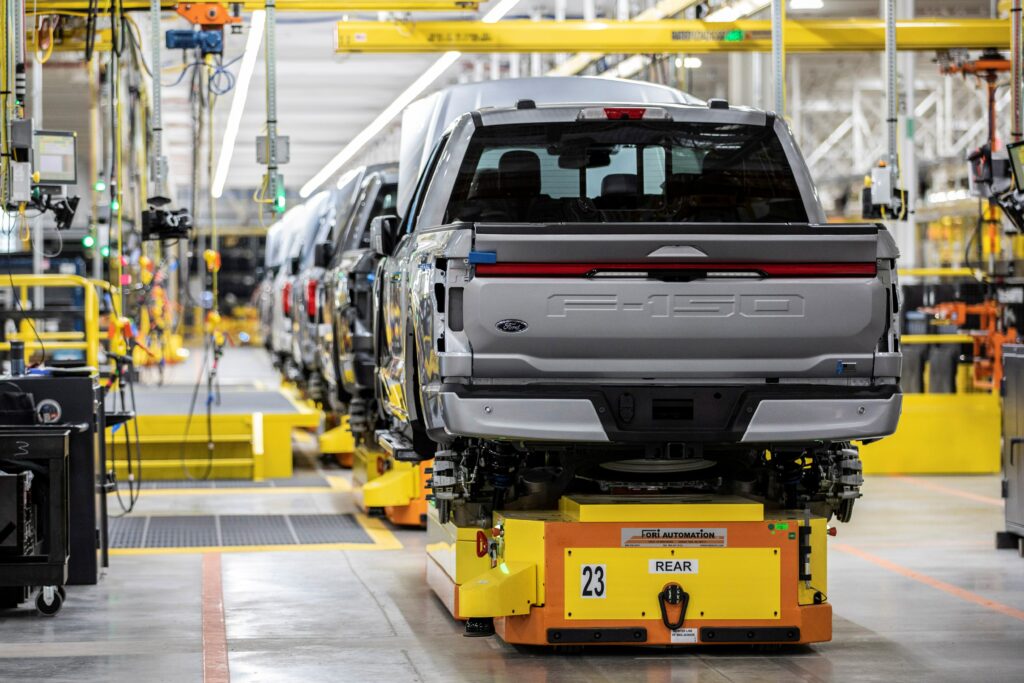
The Environmental protection Agency (EPA) unveiled its most stringent tailpipe pollution limits to date, a move that could significantly boost electric vehicle (EV) sales in the United States. These new emissions standards will apply to vehicles for the 2027-32 model years. The rules aim to decrease harmful pollutants from the transportation sector, the nation’s largest source of greenhouse gas emissions. In line with federal incentives and other investments, these new EPA rules are expected to accelerate the ongoing shift toward EVs.
According to EPA projections, by 2032, EVs could account for 67% of new light-duty vehicle sales and 46% of medium-duty vehicle sales. In 2022, electric vehicles made up 5.6% of new light-duty vehicle market share, and less than 1% of medium-duty vehicle sales. To achieve the EPA’s new goals, there will need to be 10x growth in EV market share in the United States.
See the latest EV market share update.
A recent study looked at driving patterns among medium-duty truck operators and found that 65 percent of medium-duty and 49 percent of heavy-duty trucks are electrifiable today. Poor charging infrastructure and high prices remain the top hurdles still to be overcome for commercial EV adoption.
The proposed new EPA rules are anticipated to save consumers $12,000 over the lifetime of a light-duty vehicle, compared to a vehicle not subject to the new pollution limits. EPA Administrator Michael Regan emphasized that these ambitious standards are achievable.
The new standards would require carbon dioxide emissions averaging just 82 grams/mile across an automaker’s total vehicle production by model year 2032. That’s a 56% reduction from the 2026 target. The EPA would impose regulatory penalties on companies that do not move quickly enough toward cleaner vehicle production.
There’s a lot to unpack in the full 700+ pages of the proposed rule. Check it out for yourself here.
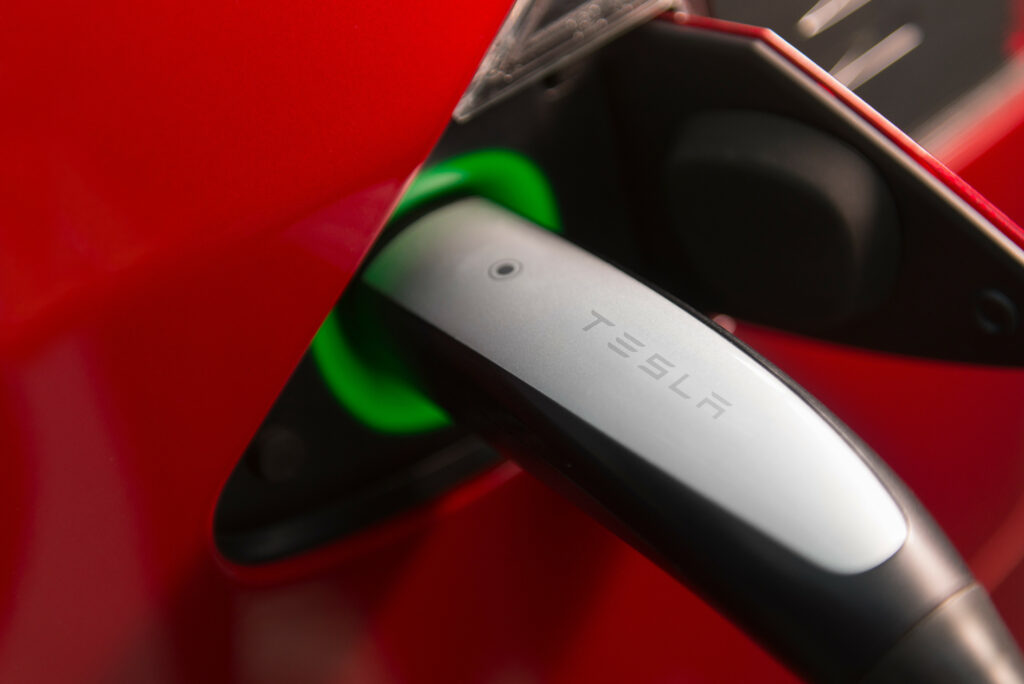
The new EPA regulations, if finalized, could support President Biden’s goal of having half of all new vehicles sold in the U.S. be zero-emission by 2030. This plan is essential for meeting U.S. commitments to reducing emissions. The U.S. aims to achieve 100% carbon pollution-free electricity by 2035, and attaining net-zero emissions economy-wide by 2050.
Greenhouse gas emissions from transportation account for about 27 percent of total U.S. greenhouse gas emissions. Transportation is the largest contributor of U.S. emissions. Although medium and heavy-duty trucks make up only 10 percent of the vehicles on the road, they produce 25 percent of all greenhouse gas emissions from transportation.
The Best (and Worst) Electric Cars in 2023
As electric vehicle adoption continues to grow, the automotive industry faces the challenge of accelerating electrification plans in response to these crucial regulatory changes.

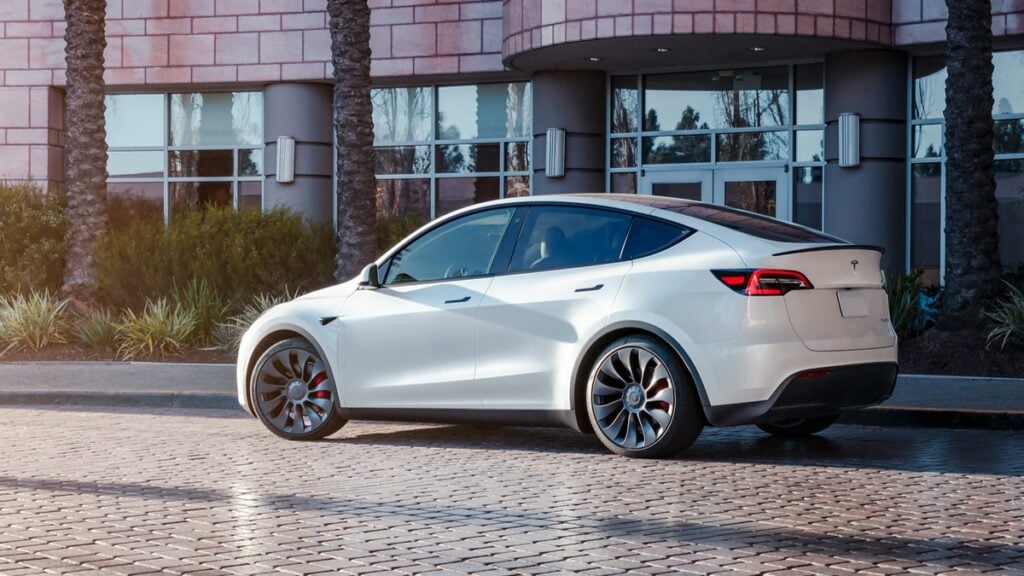
In the ever-evolving landscape of the electric car market, Tesla has been known for frequently adjusting its prices. As we enter 2023, Tesla has already made its sixth price change, and this time it’s a price cut. This is quite the contrast from the past two years, where Tesla prices rose significantly. However, since late 2022, Tesla has been dropping prices by up to 25%. In this article, we’ll take a closer look at Tesla’s latest price adjustment and see just how much the prices have dropped this time around.
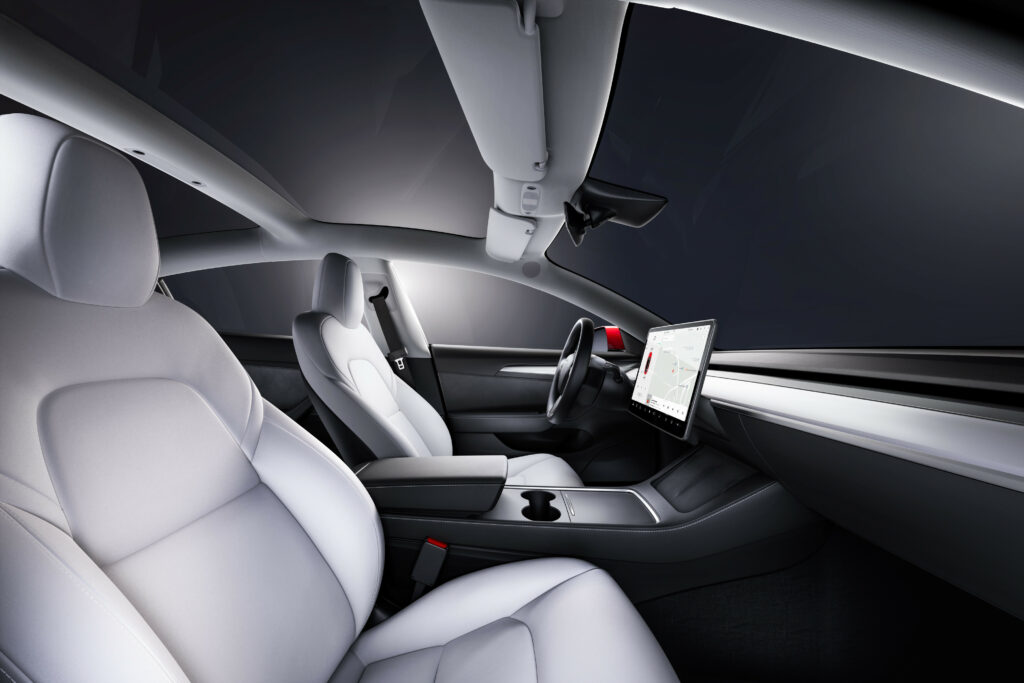
Tesla has made another price adjustment to their popular Model 3, marking the sixth price change of 2023. This time, the Rear-Wheel Drive (RWD) Model 3 has dropped from $42,990 to $41,990, making the lowest-priced Tesla even more affordable. The Model 3 Long Range remains unavailable for the time being, while the Model 3 Performance has been reduced to $52,990. However, it is worth noting that Tesla now advertises that the RWD Model 3 will lose half of the EV tax credit due to new battery sourcing rules. The battery supplier for the LFP batteries, CATL, is almost certainly the reason for the Model 3 losing half of the credit.
Here’s the latest on the EV tax credit from the IRS.
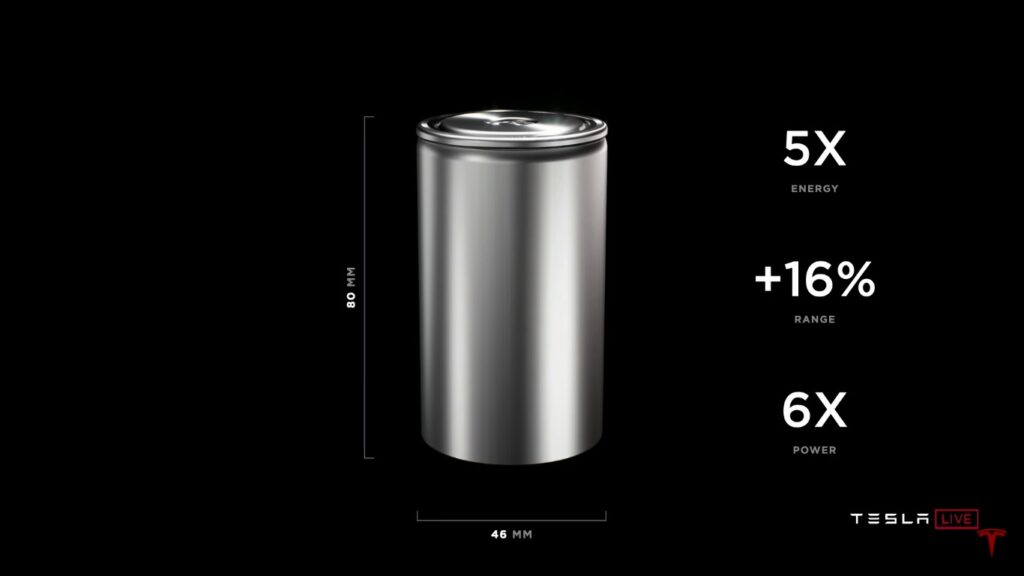
A brand new configuration is now available. The Standard Range AWD Model Y is now on the menu! The Standard Range Model Y is EPA-rated for 279 miles, and starts at $49,990. You can only order it in the 5-seater configuration. What makes the Standard Range Model Y so special? It is the first Tesla to include the new 4680 battery cells. These batteries are more energy dense, and are currently produced in Austin, Texas. The interior of the Standard Range Model Y is identical to the higher trim options.
The best-selling EV in America, the Model Y Long Range AWD, is back down to $52,990. In early 2023, Tesla had increased the price for this spec by $2,000, but has now eliminated that price hike. We’re back to where prices were several weeks ago.
The Model Y Performance received a price cut too, and is now down to $56,990.
Compare Model Y trim options, specs and prices at Tesla.com
The Model S sedan now starts at $84,990, a $5,000 cut from last month’s price. The Model S is rated for up to 396 miles of range. The Model S and X both feature the controversial yoke steering wheel.
The Model X starts at $94,990, also a $5,000 drop. The Model X is rated for up to 333 miles of range. It’s the quickest SUV on the market (and third-row at that…), with a 0-60 mph time of just 2.5 seconds.
With and without the EV tax credit, here’s where Tesla prices stand after the latest price cuts.
| Model 3 SR | Model 3 LR | Model 3 Perf. | Model Y SR | Model Y LR | Model Y Perf. | |
| Current Price | $41,990 | $48,990 | $52,990 | $49,990 | $52,990 | $56,990 |
| Eligible Credit | $3,750 | $7,500 | $7,500 | $7,500 | $7,500 | $7,500 |
| Price With Tax Credit | $38,240 | $41,490 | $45,490 | $42,490 | $45,490 | $49,490 |
The automaker delivered 422,875 vehicles globally in the first quarter. That’s a record for Q1 for Tesla, but it shows a slowed pace of growth. With the economy on shaky ground, many drivers are cutting back on discretionary spending. Yes, that includes your favorite Tesla. Throw in new federal guidance on the EV tax credit, and it starts to look like Tesla had more reasons to drop prices than not to.
We’ll stay on top of the latest. Check out these other reader favorites:
The Best Electric Cars For Families
Top EV Models of 2023 Compared for Performance, Range, and Value